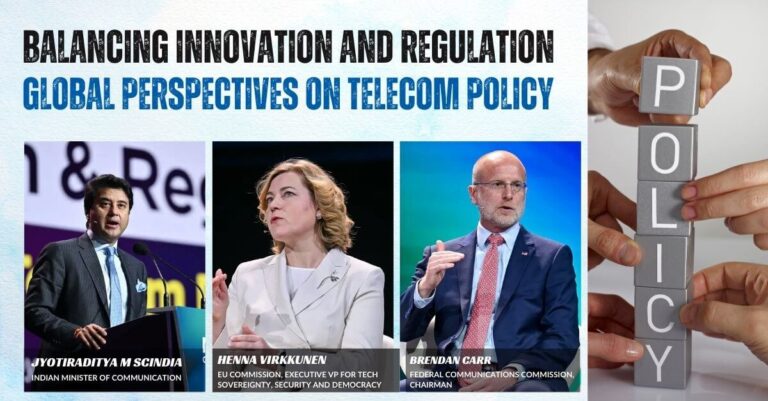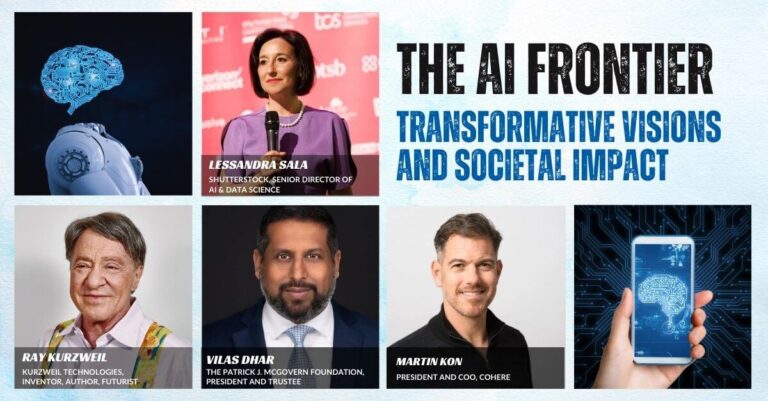Data has become the lifeblood of the digital economy. From predictive analytics to AI-driven automation, the success of modern enterprises hinges on the quality and reliability of their data. Nowhere is this more evident than in data centers—the critical infrastructure underpinning everything from cloud computing and e-commerce to smart cities and financial systems.
However, as organizations race to become data-driven, a silent but dangerous issue continues to undermine this ambition: dirty data. This term, often dismissed as an IT concern, represents a deeper organizational risk that can ripple through every layer of decision-making, strategy, and operational efficiency.
Understanding Dirty Data and Its Business Impact
Dirty data—also referred to as bad, corrupt, or low-quality data—is any data that is inaccurate, incomplete, inconsistent, duplicate, or outdated. Its presence within a data center can lead to costly inefficiencies, flawed analytics, and missed business opportunities.
Common Dirty Data Types and Root Causes
- Duplicate Records: Often arising from poor integration between systems or inconsistent customer entry protocols.
- Missing Values: Caused by incomplete forms, faulty sensors, or user errors.
- Inconsistencies: Conflicting values between databases (e.g., different address formats or units of measure).
- Inaccurate Labels: Mislabeled assets or metadata can break linkages between datasets.
- Data Drift: The slow degradation of accuracy due to business or environmental changes over time.
According to IBM, bad data costs the U.S. economy over $3.1 trillion annually, stemming from inefficiencies, rework, and lost opportunities. Inside data centers, these costs can manifest through overprovisioning, energy waste, and failed automation initiatives.
How Dirty Data Disrupts Data Center Operations
Dirty data in data centers impacts both physical and digital infrastructure. It influences everything from how IT teams allocate resources to how AI models are trained and deployed.
1. Resource Waste
Incorrect metadata or mislabeled assets lead to the misallocation of physical resources like rack space, cooling, and power. For example, an untracked decommissioned server may still consume electricity or occupy valuable rack space.
2. Energy Inefficiency and Sustainability Risks
Poor visibility into actual power usage due to inaccurate telemetry data compromises efforts to optimize energy consumption. This is particularly alarming given that data centers account for about 1-1.5% of global electricity use, with rising concerns over their carbon footprint.
3. Failed Automation and AI Initiatives
AI and machine learning thrive on high-quality, structured, and current data. Feeding dirty data into algorithms doesn’t just reduce effectiveness—it can lead to biased results, incorrect recommendations, or failed predictions that erode trust in digital systems.
4. Compliance and Security Risks
Incorrect asset inventories or misclassified data can compromise data sovereignty, security compliance (like GDPR or HIPAA), and incident response times. Regulatory fines are a growing concern for enterprises failing to safeguard data integrity.
Dark Data and Its Environmental and Financial Toll
Adding to the problem is the massive volume of dark data—information that is collected but never analyzed or used.
Gartner estimates that 60-73% of all data collected by organizations goes unused. This includes system logs, machine-generated data, customer behavior patterns, and more.
Environmental Implications
Storing and managing this unused data isn’t free.
According to Veritas Technologies, dark data could be responsible for up to 6.4 million tons of unnecessary CO₂ emissions annually. This inefficiency not only affects sustainability goals but also inflates infrastructure costs.
Strategies to Cleanse and Manage Data in Data Centers
Organizations seeking to avoid the pitfalls of bad data in their data centers must move beyond reactive cleanup toward proactive data quality management.
1. Embrace DataOps
DataOps—a collaborative data management methodology—integrates DevOps principles with data analytics. It fosters continuous integration and deployment of clean, validated data pipelines, reducing latency and increasing trust in analytics outputs.
2. Implement a Unified Data Fabric
A data fabric provides a unified architecture that integrates data across hybrid cloud environments. It ensures consistent quality checks, metadata tagging, and governance across platforms, reducing data silos that often give rise to inconsistencies.
3. Leverage Metadata and Lineage Tools
By tracking the origin and flow of data, metadata management and lineage tools help organizations understand how data is created, modified, and used. This visibility is essential to trace errors back to their source and prevent recurrence.
4. AI-Powered Data Quality Tools
Modern tools use machine learning to automatically detect anomalies, duplicates, and patterns that may indicate errors. These systems improve over time, learning from past data corrections to offer predictive data cleansing.
Data Culture and Human Factors
Technology alone cannot solve the dirty data dilemma. As highlighted in the iTRACS report, organizational behavior plays a critical role. Teams must shift from data avoidance to data ownership and stewardship.
Building a Data-Centric Culture Across Teams
- Executive Advocacy: Leadership must champion data quality as a strategic initiative, not just an IT project.
- Cross-Functional Data Committees: Bring together IT, operations, compliance, and business units to align goals.
- Training and Certification: Encourage ongoing education in data literacy, governance, and analytics.
- Reward Systems: Incentivize teams and individuals who demonstrate data stewardship and quality improvements.
Why Clean Data Will Define Future Business Leaders
As edge computing, IoT, and AI expand, the volume and complexity of data entering data centers will grow exponentially. Clean data will become a differentiator in industries like finance, healthcare, logistics, and manufacturing, where real-time decision-making is critical.
Organizations that prioritize data hygiene will be better positioned to:
- Accelerate digital transformation.
- Improve customer personalization.
- Innovate faster through data-driven R&D.
- Comply confidently with evolving regulations.
- Meet sustainability targets and reduce waste.
Final Thoughts: Prioritize Data Quality for Long-Term Success
In the world of data centers, what enters the system determines what value can be extracted. Poor data quality not only undermines business intelligence but puts financial, operational, and environmental goals at risk.
By combining modern technology, sound governance, and a strong data culture, organizations can overcome the silent crisis of dirty data. Data centers must not only store data—they must nurture it, ensuring it remains accurate, accessible, and actionable throughout its lifecycle.
When clean data flows in, meaningful insights flow out. And in the high-stakes realm of data-driven business, that difference can be the line between industry leadership and obsolescence.






















